How to unblock a badly blocked toilet
Table of contents:
-
Introduction
-
Hot Water Method
-
Plunger Method
-
Baking Soda and Vinegar Method
-
Toilet Auger Method
-
Pressure Washer Method
-
Enzyme Cleaner Method
-
Coat Hanger Method
-
Wet/Dry Vacuum Method
-
Recap of Methods
-
Frequently Asked Questions
Introduction
A blocked toilet is not only inconvenient but also urgent to address. It disrupts daily life and can lead to unpleasant situations if left unattended. In this comprehensive guide, we'll explore how to unblock a toilet , ensuring you can quickly get things running smoothly again.
Whether you're dealing with a toilet blocked situation, unblocking a toilet for the first time, or looking for the best way to unblock a toilet, this article will provide you with all the necessary steps. Even if you're facing a severely clogged toilet, the solutions here will guide you through how to unblock your toilet efficiently.
Let's delve into the steps you can take to restore proper function to your toilet and ensure peace of mind in your home.
Here are 8 simple ways to unblock a toilet, ensuring you can quickly get things running smoothly again.
1. Hot Water Method
Unblocking a toilet with hot water is a simple yet effective method that utilizes temperature to create pressure and dislodge blockages. Here's how to do it safely:
Description:Pouring hot water into the toilet bowl generates pressure that can help break up and flush away blockages. The heat from the water softens any solid matter, making it easier to dislodge and clear from the pipes.
Step-by-step instructions:- Prepare the hot water: Heat 2-3 liters of water in a kettle or saucepan. Ensure the water is hot but not boiling to avoid damaging the porcelain bowl or causing injury.
- Turn off the water supply: Locate the water shut-off valve near the base of the toilet and turn it off to prevent the bowl from refilling during the process.
- Remove excess water: Using rubber gloves, carefully remove as much stagnant water from the bowl as possible. You can use a small container or bucket for this step.
- Add washing-up liquid: Pour half a glass of washing-up liquid into the toilet bowl. The detergent helps lubricate the pipes and aids in breaking down the blockage.
- Pour the hot water: Carefully pour the hot water into the bowl from a moderate height. Aim for the center of the bowl to create maximum pressure on the blockage. Avoid splashing or spilling the hot water.
- Wait and observe: Allow the hot water to sit in the bowl for about 10 minutes. During this time, the heat and pressure will work to soften and dislodge the blockage.
- Repeat if necessary: If the water level does not decrease after the first attempt, you can repeat the process once more. However, be cautious not to overflow the bowl.
- Ensure the water is hot but not boiling to prevent damage to the toilet bowl and injury to yourself.
- Use rubber gloves when handling hot water and avoid splashing.
- Always turn off the water supply before attempting to unblock the toilet to prevent overflow.
- If the blockage persists after multiple attempts, consider using alternative methods or seeking professional assistance.
By following these steps and precautions, you can effectively use the hot water method to clear blockages and restore proper function to your toilet.
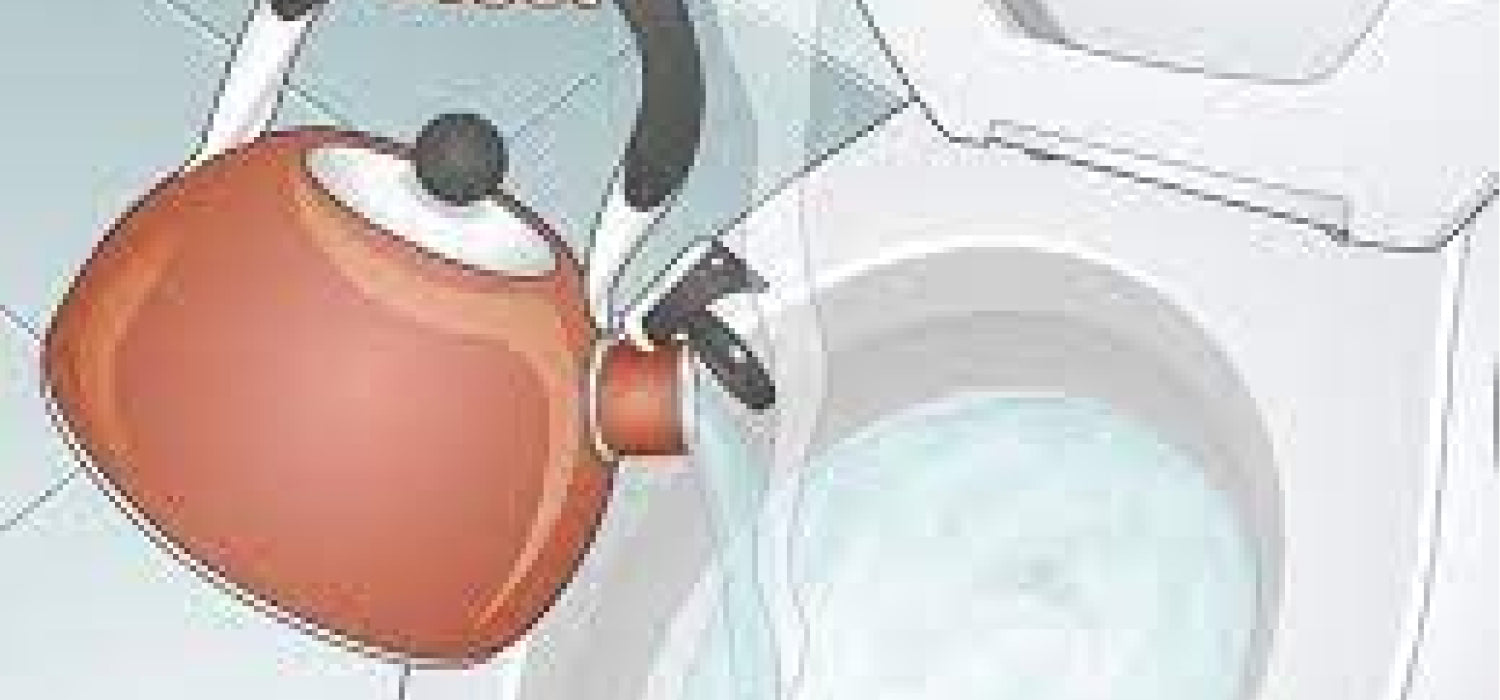
2. Plunger Method
The plunger method is a classic and effective way to clear toilet blockages by creating suction and pressure. Here's how to utilize this method properly:
Explanation:Using a plunger involves creating a seal over the toilet drain and exerting pressure to dislodge the blockage. The suction action helps to pull the obstruction out or break it up, allowing water to flow freely again.
Tips for Using a Plunger:- Choose the right plunger: Select a toilet plunger with a flange or fold-out rubber flap at the bottom. This design is specifically suited for creating a tight seal in toilet drains.
- Position the plunger: Place the plunger over the drain hole in the toilet bowl, ensuring it covers the opening completely. The plunger should be submerged in water to create a seal.
- Create a tight seal: Press the plunger firmly against the drain opening to create a tight seal. You may need to tilt the plunger slightly to allow any trapped air to escape.
- Apply proper technique: Using a gentle yet firm motion, push the plunger downwards and then pull it back up rapidly. Repeat this plunging action several times to build up pressure and dislodge the blockage.
- Increase pressure gradually: Start with gentle plunging to avoid splashing and pushing the blockage further down the drain. Gradually increase the force of your plunging until you feel resistance easing.
- Use hot water for enhanced effectiveness: For stubborn blockages, you can enhance the effectiveness of the plunger method by pouring hot water into the toilet bowl before plunging. The hot water helps soften the blockage, making it easier to dislodge.
- Seal gaps with rags if necessary: If the plunger fails to create a tight seal due to irregularities in the toilet bowl or drain, you can use old rags to plug any gaps around the plunger. This helps to maximize suction and pressure.
- Always wear rubber gloves when handling a plunger to maintain hygiene.
- Avoid using excessive force when plunging to prevent damage to the toilet bowl or plumbing.
- If the blockage persists after several attempts with the plunger, consider trying alternative methods or seeking professional assistance.
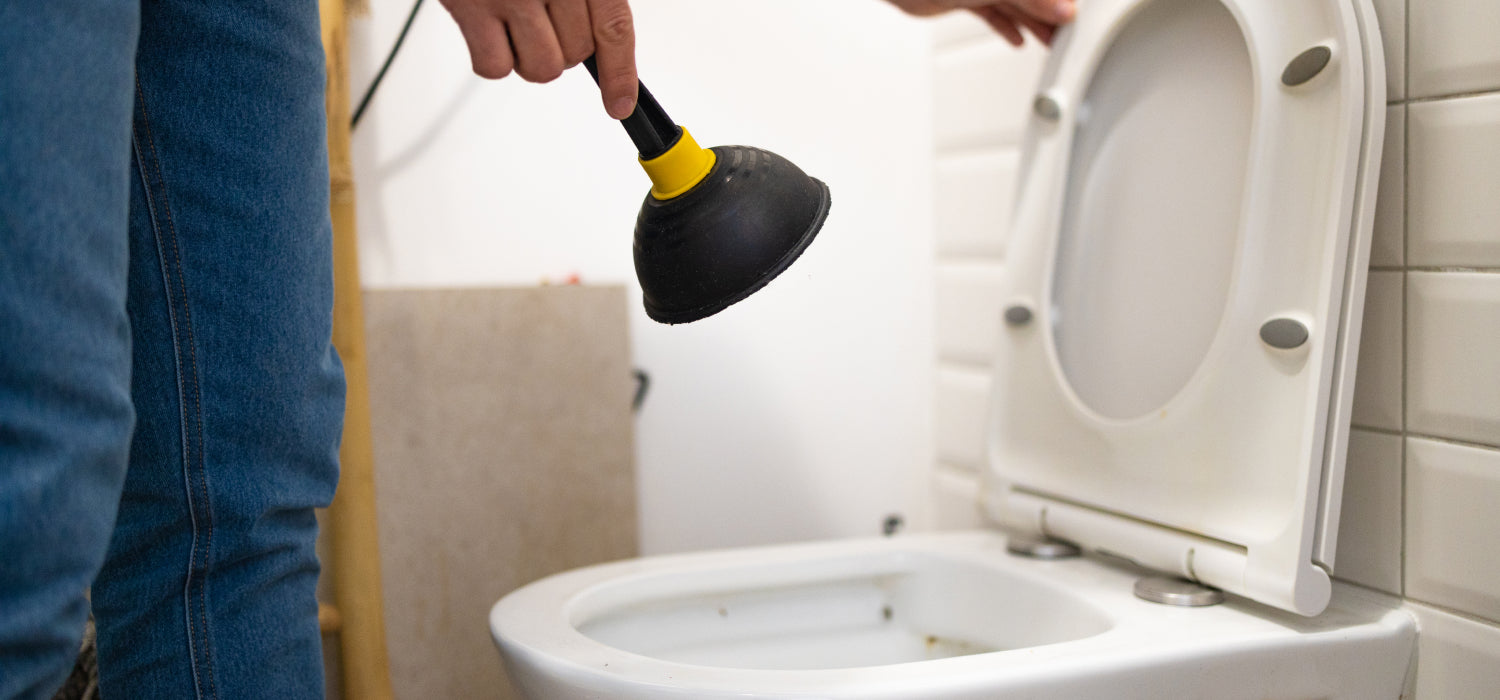
3. Baking Soda and Vinegar Method
A great solution when figuring out how to unblock a toilet without equipment is the baking soda and vinegar method.This natural solution is a popular toilet unblocker, utilizing the chemical reaction between baking soda and vinegar to dislodge blockages.. Here's how to use this natural solution:
Introduction:When baking soda (sodium bicarbonate) combines with vinegar (acetic acid), it produces a fizzy reaction that can help dissolve and dislodge blockages in the toilet drain. This bubbling action helps to break down organic matter, making it easier to flush away.
Instructions:- Prepare the solution: Start by pouring half a cup of baking soda into the toilet bowl. Ensure that the baking soda reaches the area of the blockage.
- Heat vinegar: In a separate container, heat 2-3 cups of vinegar until warm. You can heat it in a microwave or on the stove, but avoid bringing it to a boil.
- Mix the solution: Carefully pour the warm vinegar into the toilet bowl containing the baking soda. Be cautious as the mixture will fizz and bubble up, so pour slowly to avoid overflow.
- Close the lid: Immediately close the toilet lid to contain the fizzing reaction inside the bowl. Allow the solution to work for about 30 minutes.
- Flush the toilet: After 30 minutes, flush the toilet to see if the blockage has cleared. If not, you may need to repeat the process or try an alternative method.
- While the baking soda and vinegar method is safe for most plumbing systems, it may not be suitable for homes with cesspits or septic tanks. The large volume of foam produced by the reaction could overwhelm these systems.
- Avoid using this method if you suspect a severe blockage or if other chemicals have been previously used in the toilet, as it may result in hazardous reactions.
- Always use caution when handling hot liquids and chemicals, and never mix vinegar with bleach or other cleaning products to avoid harmful fumes.
By following these instructions and precautions, you can safely utilize the baking soda and vinegar method to break down toilet blockages and restore proper drainage.
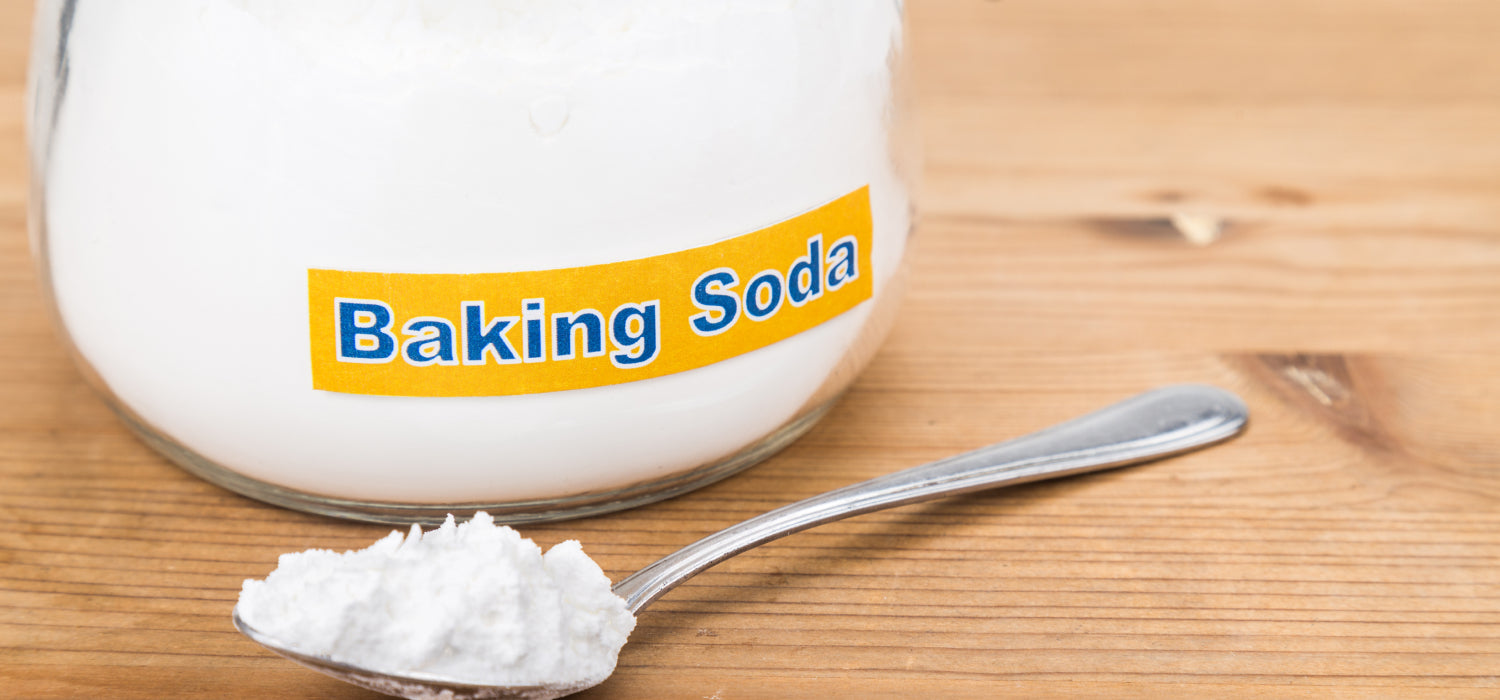
4. Toilet Auger Method
For tougher challenges, a toilet auger can physically break through the obstruction, providing a direct approach to clearing a clogged toilet. Here's how to use a toilet auger effectively:
Description:A toilet auger, also known as a closet auger or plumber's snake, is a flexible tool designed to navigate the curves of the toilet drain and dislodge blockages. It features a long, flexible shaft with a coiled auger or corkscrew-like tip that can pierce through and grab onto obstructions.
Step-by-step guide:- Prepare the toilet auger: Extend the auger's shaft to its full length, ensuring it is long enough to reach the blockage in the toilet drain. The auger should be inserted into the toilet bowl with the curved end facing downward.
- Insert the auger into the toilet: Carefully guide the auger into the toilet drain, feeding it slowly and steadily. Use gentle pressure to navigate any curves or bends in the pipe.
- Engage the blockage: Once the auger reaches the blockage, rotate the handle clockwise to engage the auger's tip with the obstruction. Apply firm but controlled pressure to pierce through the blockage or grab onto it.
- Break up the blockage: With the auger engaged, continue rotating the handle while applying gentle pressure to break up the blockage. The auger's coiled tip should help to dislodge the obstruction and clear the drain.
- Withdraw the auger: Once the blockage has been broken up or removed, carefully withdraw the auger from the toilet drain, taking care not to damage the porcelain bowl.
- Flush the toilet: After removing the auger, flush the toilet to ensure the blockage has been cleared and water is flowing freely. If necessary, repeat the process or try alternative methods to clear any remaining obstructions.
- While the toilet auger method can be effective for stubborn blockages, there may be instances where professional assistance is required. If you encounter resistance or difficulty in clearing the blockage, or if you are unsure of how to use the auger properly, it's best to seek the help of a qualified plumber.
By following these steps, you can effectively use a toilet auger to tackle stubborn blockages and restore proper drainage to your toilet.
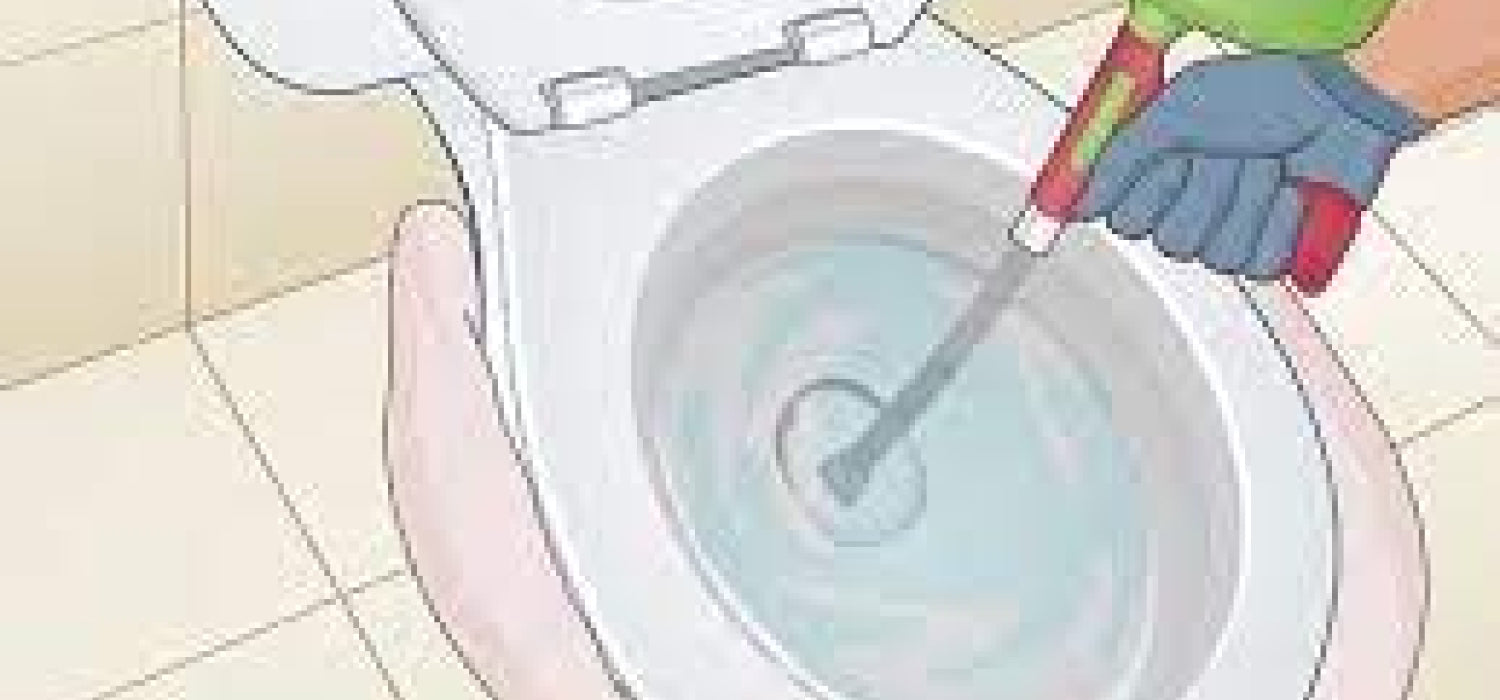
5. Pressure Washer Method
Though not as commonly used for toilets, a pressure washer can offer a high-pressure solution for how to unclog a toilet with severe blockages. Here's how to utilize this method effectively:
Introduction:When traditional methods fail to clear deep-seated blockages, a pressure washer with a special pipe-cleaning kit can provide a high-pressure solution. This method is particularly effective for stubborn obstructions that are lodged far down the waste pipe.
Overview of Equipment and Safety Precautions:- Pressure Washer: Use a pressure washer with an appropriate pipe-cleaning attachment. Ensure the pressure washer is capable of producing sufficient water pressure to dislodge blockages.
- Pipe-Cleaning Kit: Acquire a pipe-cleaning kit designed for use with pressure washers. This typically includes a long hose with a specialized nozzle at the end, specifically designed to navigate through pipes and dislodge obstructions.
- Wear appropriate safety gear, including gloves and eye protection, to protect against splashes and debris.
- Ensure the pressure washer is securely positioned and stable before operation to prevent accidents.
- Follow manufacturer's instructions and safety guidelines for operating the pressure washer and pipe-cleaning attachment.
In extreme cases where other methods have failed to clear the blockage, the pressure washer method can provide a last resort solution. The high-pressure water jet produced by the pressure washer is capable of breaking up and flushing away even the most stubborn obstructions. However, exercise caution and consider seeking professional assistance if unsure or if the blockage persists despite repeated attempts.
By following these guidelines and safety precautions, you can effectively utilize the pressure washer method to tackle deep blockages and restore proper drainage to your toilet.
For more solutions and products to enhance your bathroom experience, explore our collection of bathroom accessories, including douche sprays, at Tapron UK.
6. Enzyme Cleaner Method (Additional)
Enzyme cleaners offer a biological approach to unblock a toilet, breaking down organic matter without damaging plumbing. Here's how enzyme cleaners work and how to use them effectively:
Explanation:Enzyme cleaners contain specialized enzymes that break down organic matter, such as waste and toilet paper, into smaller particles. These enzymes work by accelerating natural biological processes, effectively digesting and liquefying the blockage without causing harm to your plumbing system.
Recommendations for Enzyme Cleaners:- Commercial Enzyme Cleaners: Purchase enzyme cleaners specifically formulated for toilets and plumbing systems. These cleaners are readily available at hardware stores, supermarkets, and online retailers. Follow the manufacturer's instructions for dosage and application.
- Homemade Enzyme Cleaners: Alternatively, you can create your own enzyme cleaner using simple household ingredients. A popular DIY recipe involves mixing equal parts water and white vinegar with a few drops of dish soap. This homemade solution provides a cost-effective and environmentally friendly alternative to commercial cleaners.
Regular use of enzyme cleaners can help prevent future blockages by keeping your toilet and plumbing system clean and free from organic buildup. Incorporate enzyme cleaning into your routine maintenance schedule to ensure optimal performance and prevent costly plumbing repairs down the line.
By utilizing enzyme cleaners regularly, you can maintain a clean and efficient toilet system while minimizing the risk of blockages and backups. Whether you opt for commercial or homemade solutions, enzyme cleaners offer a safe, natural, and eco-friendly way to keep your toilet flowing smoothly.
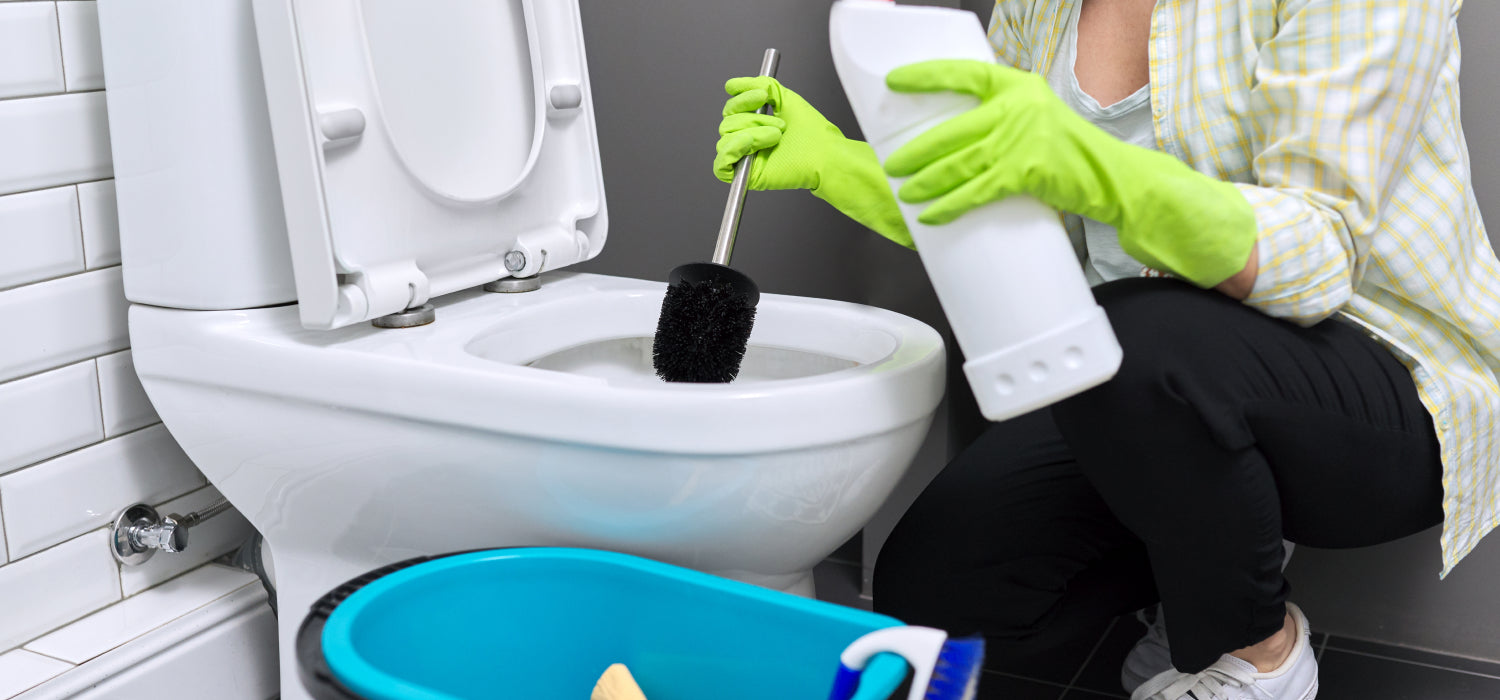
7. Coat Hanger Method (Additional)
The Coat Hanger Method offers a straightforward and accessible solution for dislodging minor blockages in the toilet. A simple wire coat hanger can be transformed into an effective tool for minor toilet unblocker tasks. Here's how to use a straightened wire coat hanger effectively:
Description:The Coat Hanger Method involves utilizing a common household item—a straightened wire coat hanger—to manually remove minor blockages from the toilet drain. This method is ideal for situations where the obstruction is small and within reach.
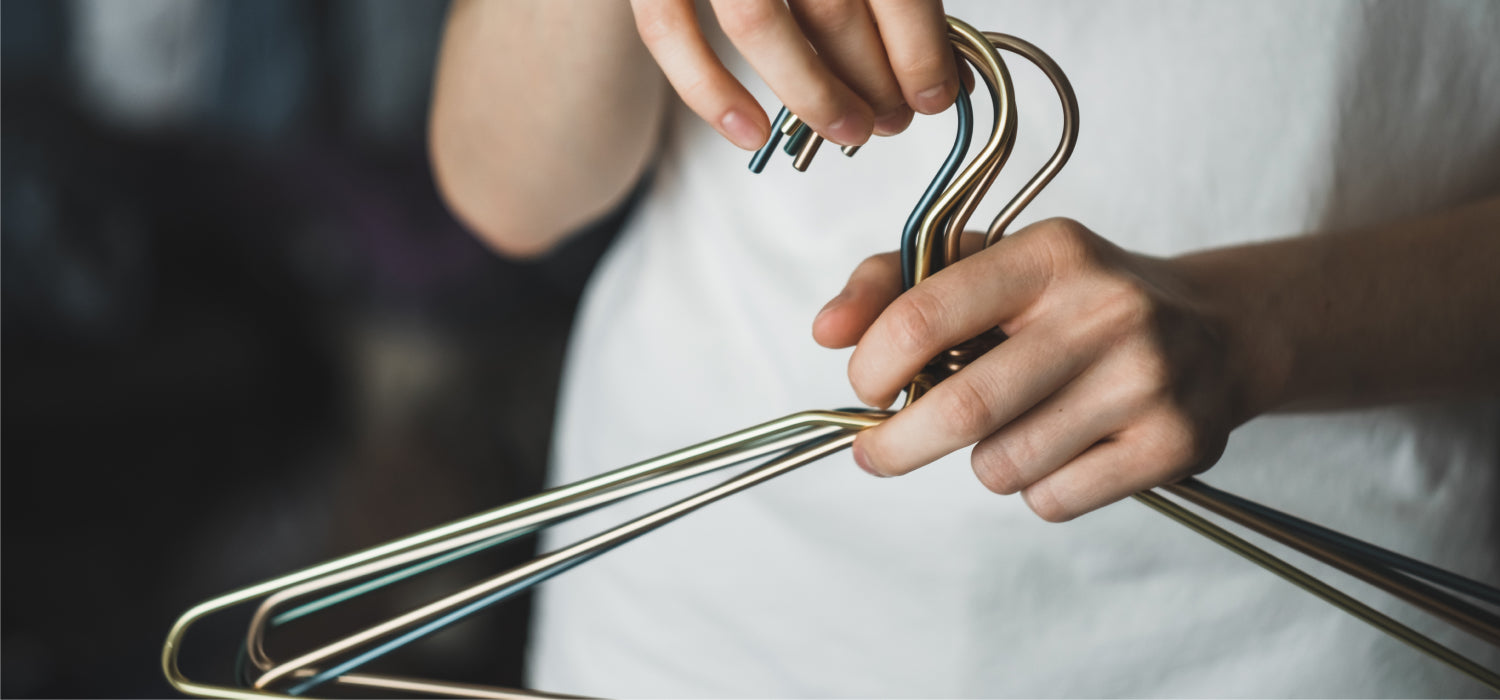
- Prepare the coat hanger: Take a wire coat hanger and straighten it out completely, forming a long, slender tool that can reach into the toilet drain.
- Insert the coat hanger: Carefully insert the straightened end of the coat hanger into the toilet drain, aiming to reach the location of the blockage.
- Dislodge the blockage: Once the coat hanger reaches the obstruction, use a gentle twisting or poking motion to dislodge it. Be cautious not to apply excessive force, as this could cause damage to the toilet or plumbing.
- Withdraw the coat hanger: After dislodging the blockage, carefully remove the coat hanger from the toilet drain, ensuring not to scratch or damage the porcelain bowl.
- Test the toilet: Flush the toilet to verify that the blockage has been successfully cleared and that water is flowing freely. If necessary, repeat the process or consider alternative methods for stubborn obstructions.
By following these simple steps, you can effectively utilize the Coat Hanger Method to clear minor blockages and restore proper functionality to your toilet.

8. Wet/Dry Vacuum Method (Additional)
The Wet/Dry Vacuum Method offers a practical solution for removing blockages from the toilet bowl using a household vacuum cleaner. Here's an overview of how to use this method effectively:
Overview:The Wet/Dry Vacuum Method involves using a wet/dry vacuum cleaner to suction out blockages from the toilet bowl. A wet/dry vacuum can be a surprisingly effective method to tackle a slow draining toilet, suctioning out blockages directly.
This method is suitable for situations where traditional plunging or other methods have been unsuccessful in clearing the obstruction.
Steps to Use the Wet/Dry Vacuum Method:- Prepare the vacuum cleaner: Ensure the wet/dry vacuum cleaner is set to suction mode and is equipped with a clean and dry hose attachment.
- Create a seal: Place the hose attachment of the vacuum cleaner over the toilet drain opening, ensuring a tight seal is formed. You may need to hold the attachment in place to prevent air leakage.
- Activate the vacuum: Turn on the vacuum cleaner and apply suction to the toilet bowl. Allow the vacuum to draw out any water and blockages from the drain.
- Monitor the progress: As the vacuum operates, monitor the water level in the toilet bowl. The suction action should gradually remove the blockage, allowing water to flow freely.
- Repeat if necessary: If the blockage persists, continue operating the vacuum and repeating the process until the obstruction is fully cleared.
- Protective gear: Wear rubber gloves and eye protection when handling the wet/dry vacuum cleaner to avoid contact with contaminated water.
- Avoid overfilling: Be mindful of the vacuum's capacity and avoid overfilling it with water or debris. Empty the vacuum as needed to maintain optimal suction.
- Dispose of waste properly: Dispose of any waste collected by the vacuum cleaner in accordance with local regulations and guidelines.
- Avoid electrical hazards: Keep the vacuum cleaner and power cord away from water to prevent electrical hazards.
By following these safety precautions and tips, you can effectively utilize the Wet/Dry Vacuum Method to remove blockages from the toilet bowl and restore proper drainage.
Additional Tips:Proper toilet maintenance plays a crucial role in preventing future blockages and ensuring the smooth operation of your plumbing system. Here are some key points to keep in mind:
- Regular Cleaning: Make it a habit to clean your toilet regularly, including the bowl, rim, and outer surfaces. Removing any buildup of grime and debris can help prevent blockages from occurring.
- Watch What You Flush: Only flush toilet paper and human waste down the toilet. Avoid flushing items such as paper towels, wet wipes, cotton balls, and feminine hygiene products, as these can easily cause blockages.
- Use Enzyme Cleaners: Consider using enzyme-based cleaners on a regular basis to help break down organic matter and keep your pipes clear. These cleaners are safe for your plumbing system and can help prevent blockages from forming.
- Monitor Water Flow: Pay attention to how water flows down the toilet after flushing. If you notice slow drainage or gurgling noises, it could be a sign of a developing blockage. Addressing these issues early can prevent more serious problems later on.
- Seek Professional Help When Needed: If you're unsure about how to deal with a blockage or if your DIY attempts are unsuccessful, don't hesitate to call a professional plumber. They have the expertise and specialized tools to effectively clear blockages and restore proper function to your toilet.
By following these additional tips and incorporating them into your toilet maintenance routine, you can minimize the risk of future blockages and ensure the continued smooth operation of your plumbing system.
When to Call a ProfessionalKnowing when to call a professional plumber can save you time, money, and frustration. Here are some signs that the blockage may require professional intervention and tips for choosing the right plumber:
Signs That Professional Help Is Needed:- Persistent Blockage: If DIY methods have been unsuccessful in clearing the blockage after several attempts, it's time to seek professional assistance. A plumber will have the expertise and specialized equipment to tackle stubborn blockages effectively.
- Foul Odors: Strong, unpleasant odors emanating from the toilet or drains could indicate a more serious issue, such as a sewer line blockage or venting problem. A professional plumber can diagnose the problem and recommend the appropriate course of action.
- Backups or Flooding: If wastewater is backing up into sinks, showers, or other drains in your home, or if you experience flooding around the toilet or in the bathroom, it's a clear indication of a serious blockage that requires immediate attention from a plumber.
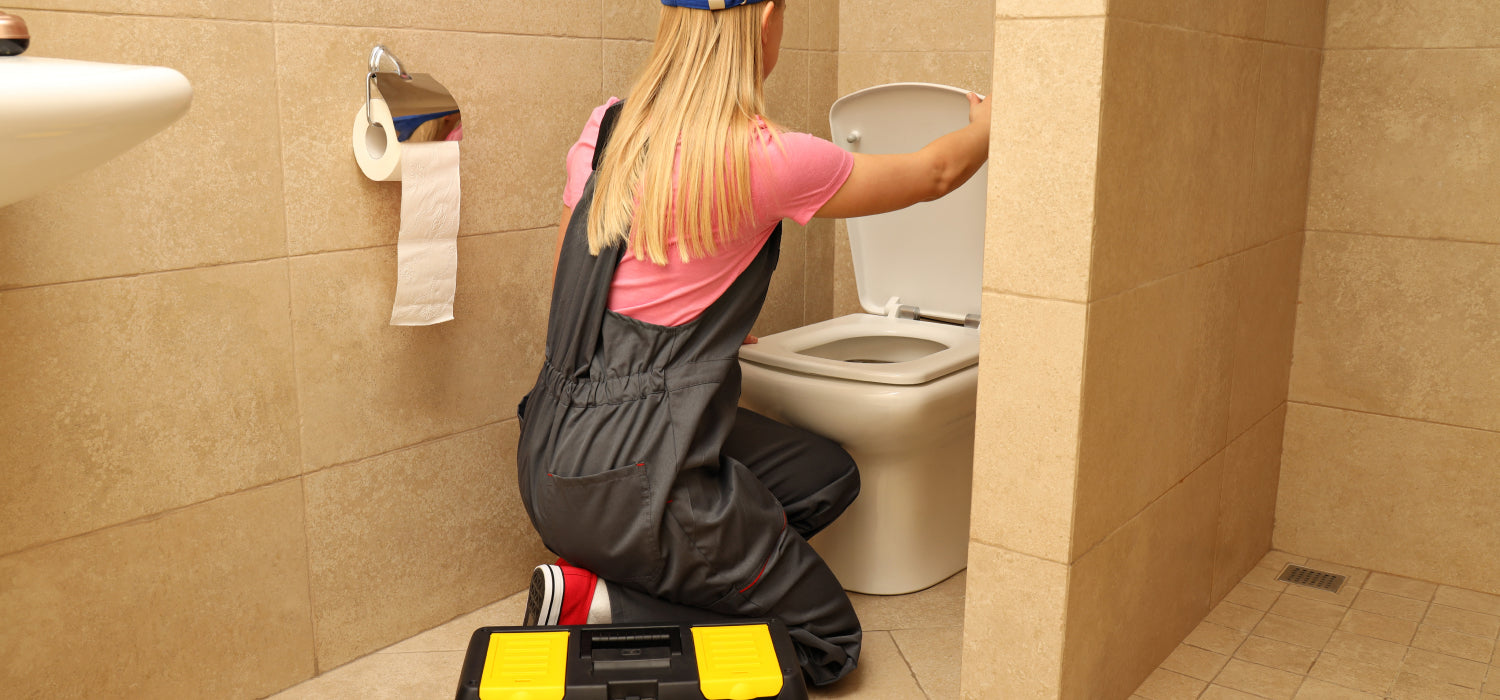
Importance of Knowing When DIY Methods Are Insufficient:
While DIY methods can be effective for minor blockages, it's important to recognize when the problem exceeds your capabilities. Continuing to attempt DIY fixes on a stubborn blockage can potentially worsen the situation and lead to more extensive damage and costly repairs.
Choosing a Reputable Plumber:When selecting a plumber, consider the following factors:
- Experience and Credentials: Choose a plumber who is licensed, insured, and experienced in handling plumbing issues, including toilet blockages.
- References and Reviews: Look for reviews and testimonials from past customers to gauge the plumber's reputation and quality of service.
- Transparent Pricing: Opt for a plumber who provides upfront pricing and is transparent about their fees and charges. Avoid plumbers who give vague estimates or refuse to provide written quotes.
Before hiring a plumber, discuss costs upfront to avoid any surprises later on. Ask for a detailed breakdown of the charges, including labor costs, parts, and any additional fees. A reputable plumber will be transparent about their pricing and provide clear explanations for any additional charges that may arise during the job.
By knowing when to call a professional plumber and choosing a reputable provider, you can ensure that any toilet blockage is addressed promptly and effectively, minimizing the risk of further damage to your plumbing system.
ConclusionUnblocking a toilet can be a challenging task, but with the right methods and precautions, it can be accomplished effectively. Here's a recap of the various methods discussed and some important reminders:
Recap of Methods:
- Hot Water Method: Utilizes hot water to create pressure and dislodge blockages.
- Plunger Method: Creates suction and pressure to clear blockages.
- Baking Soda and Vinegar Method: Chemical reaction to break down blockages.
- Toilet Auger Method: Physically removes or breaks up stubborn blockages.
- Pressure Washer Method: High-pressure solution for deep blockages.
- Enzyme Cleaner Method: Uses enzymes to break down organic matter.
- Coat Hanger Method: Manually dislodges minor blockages.
- Wet/Dry Vacuum Method: Suctions out blockages from the toilet bowl.
- Prioritize safety and caution during DIY attempts. Wear protective gear such as gloves and eye protection.
- Avoid using excessive force or mixing chemicals that could be hazardous.
- Be mindful of electrical hazards, especially when using electrical appliances near water.
- Promptly address toilet blockages to prevent further issues such as overflowing or damage to plumbing fixtures.
- Remember that persistence and patience are key. If one method doesn't work, try another or consider seeking professional assistance.
By following these steps, endorsed by Tapron UK, you can tackle the common issue of a blocked toilet with confidence and efficiency. For more tips and bathroom solutions, visit our website at Tapron UK, where we offer a wide range of products and advice to enhance your bathroom experience.
Frequently Asked Questions
1.How do plumbers unblock toilet?Plumbers often use a variety of tools and methods to unblock toilets, depending on the severity and nature of the blockage. A plunger is commonly used for simple clogs, creating a vacuum and pressure to dislodge the blockage. For more stubborn clogs, a plumber might use a toilet auger (also known as a plumbing snake) to break up or retrieve the obstruction. In severe cases, hydro jetting, which involves blasting water through the pipes at high pressure, may be employed to clear the blockage.
2.Will a toilet eventually unblock itself?While very minor clogs can sometimes dislodge themselves over time due to water pressure and natural dissolution, most blocked toilets will not unblock themselves and require intervention. Relying on the problem to resolve itself can lead to worse issues, such as overflow or damage to the plumbing system.
3.What is the easiest way to unblock a toilet?The easiest and often first method to try is using a good-quality plunger with a flange. Ensure you have a tight seal around the toilet's exit hole and use vigorous plunging motion to create suction and pressure, which can dislodge the blockage. Adding hot water and dish soap to the bowl beforehand can help lubricate and break down the obstruction, making plunging more effective.
4.how to fix a clogged toilet in seconds?While unclogging a toilet in seconds isn’t always possible, a quick method involves using a combination of hot water (not boiling) and dish soap. Pour a generous amount of dish soap into the bowl, followed by hot water to help break down fats in the blockage and create pressure. This can sometimes loosen the clog quickly, especially if it’s organic. However, for tougher or more complex blockages, more time and effort will be required.
5.How to unclog a toilet without a plunger when the water is high?
- Wait for the water level to decrease on its own to avoid overflow.
- Once lower, pour a mixture of dish soap and hot water into the bowl. This can help break down the clog.
- Allow it to sit for 20 minutes, then flush if the water level is normal. If necessary, repeat or use a wire hanger to gently push through the blockage.
6.Toilet water rises then slowly drains not clogged?
- This may indicate a partial clog or vent issue. Use hot water and a detergent to help clear any minor clogs.
- If the problem persists, check the vent pipe for any blockages, as this can affect flushing and drainage.
7.How to empty toilet bowl?
- To manually empty a toilet bowl, use a small container or cup to scoop out the water and pour it into a bucket.
- For remaining water, use a sponge or towel to soak it up and wring it out into the bucket.
8.How does a plunger work?
- A plunger creates a seal around the toilet's exit hole. Pumping the plunger up and down creates suction and pressure, dislodging the clog and allowing water to flush through pipes.
9.Toilet keeps blocking?
- Frequent blockages may be due to flushing down inappropriate items (e.g., wipes, sanitary products, too much toilet paper).
- Consider using less toilet paper, avoiding flushing non-degradable items, and regularly cleaning the toilet. If blockages persist, there may be a deeper plumbing issue requiring a professional plumber's attention.
Pour a mixture of hot water (not boiling) and dish soap into the bowl. The soap lubricates clogs, and the hot water helps break them down. Let it sit for 20 minutes before flushing.
11.How to unblock a badly blocked toilet without a plunger?Combine baking soda and vinegar in the toilet bowl. Pour one cup of baking soda followed by one cup of vinegar. Wait for the fizzing to reduce, then add hot water. Wait for an hour or overnight before flushing.
12.How to clear a blocked toilet?Use a wire coat hanger by straightening it and creating a small hook at the end. Gently insert it into the drain to try and dislodge the blockage. Be careful not to scratch the porcelain.
13.How to unclog a toilet full of poop and water?Dish soap can be effective here. Squirt a generous amount into the toilet bowl, then pour hot water from waist height to create pressure. Allow it to sit for several minutes, then flush.
14.How to unblock toilet full of water?If the toilet is full, wait for the water level to drop. Then, use a mixture of hot water and dish soap, or baking soda and vinegar solution. Pour the mixture into the bowl and wait before attempting a flush.
15.How to unclog a toilet when nothing works?If home remedies fail, consider using a toilet auger or drain snake to break up the clog mechanically. Insert the auger into the drain, and turn it to catch and break up the clog. If unsuccessful, it might be time to call a professional plumber.
16.How to unblock a toilet with cling film?- Dry the rim of the toilet bowl and close the lid.
- Cover the toilet bowl with several layers of cling film, ensuring an airtight seal around the bowl.
- Flush the toilet once. The water's rising force should cause the cling film to balloon upward.
- Gently press down on the ballooned cling film. The pressure created can help dislodge the blockage. Repeat if necessary, but be cautious to avoid water overflow.
- Dish soap and hot water: Dish soap can act as a lubricant to help slide the poop clog through the drain. Add a liberal amount of dish soap into the toilet bowl, followed by a bucket of hot water poured from waist height to create pressure.
- Baking soda and vinegar: This combination can also help break down organic matter. Add one cup of baking soda to the bowl, followed by one to two cups of vinegar. Let the solution fizz and sit for several minutes, then follow with hot water and allow it to sit before attempting to flush.
- Epsom salt or bath bomb: If available, Epsom salt or a bath bomb can cause rapid fizzing and agitation in the water, which may help break down the poop. Pour a generous amount into the bowl, wait for it to fizz and dissolve, then flush after a few minutes.
Other Related Blogs :



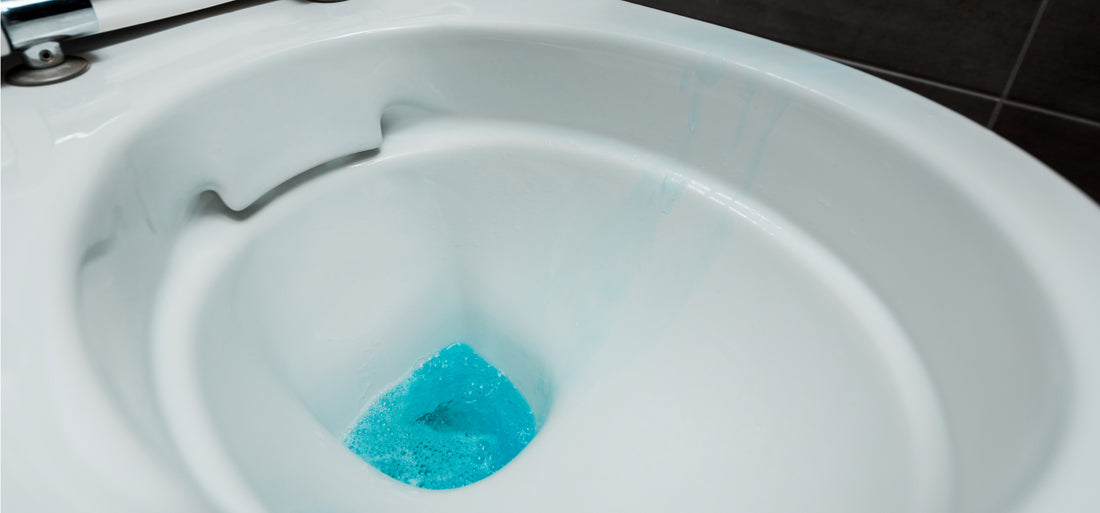
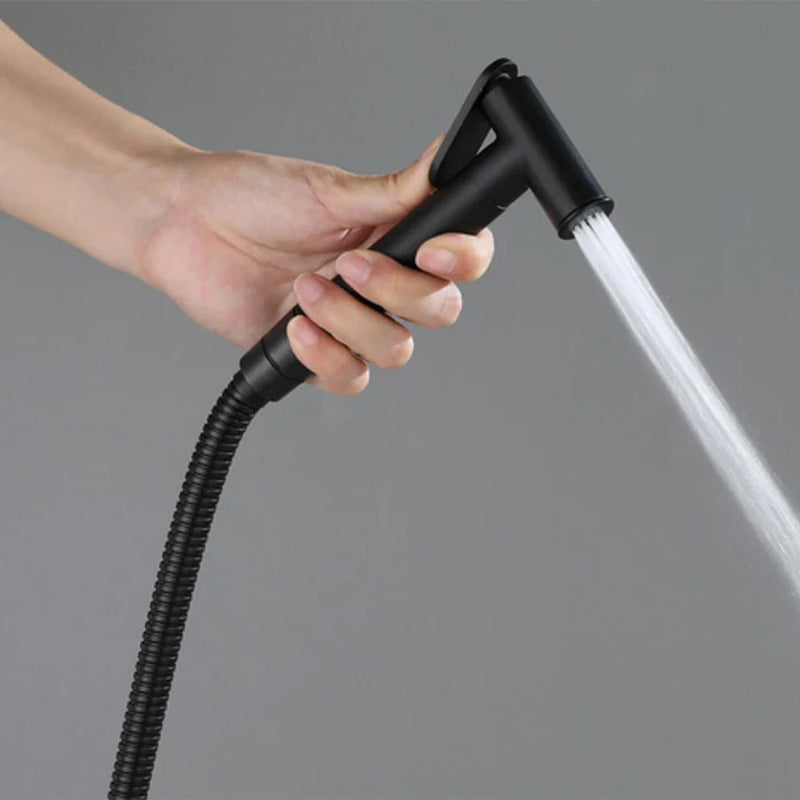
Leave a comment
Please note, comments need to be approved before they are published.